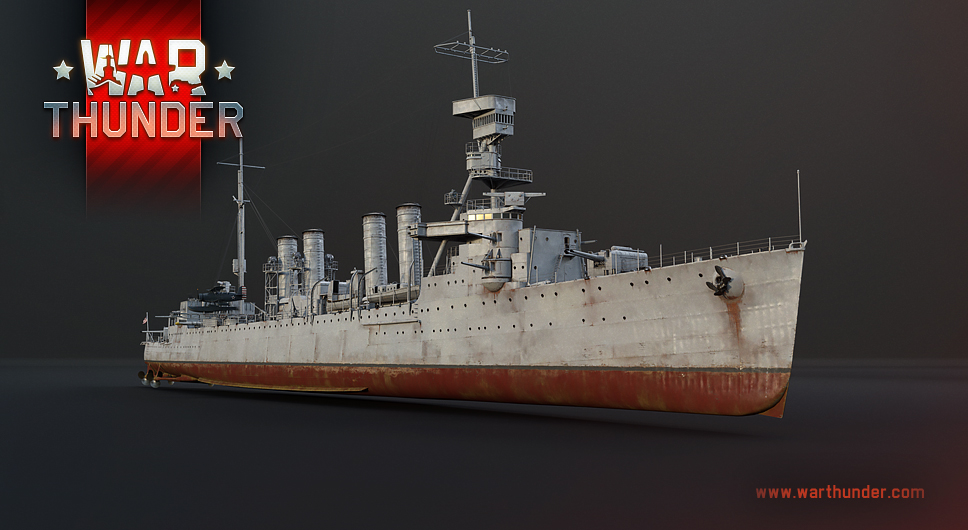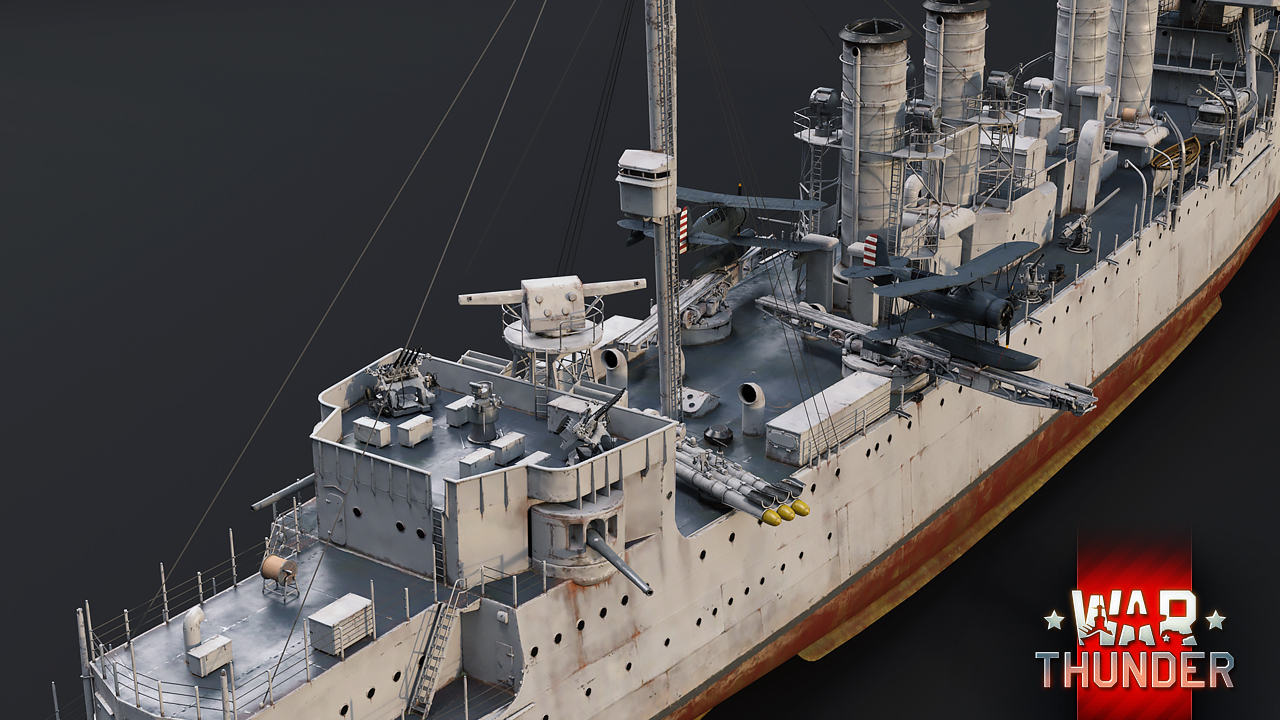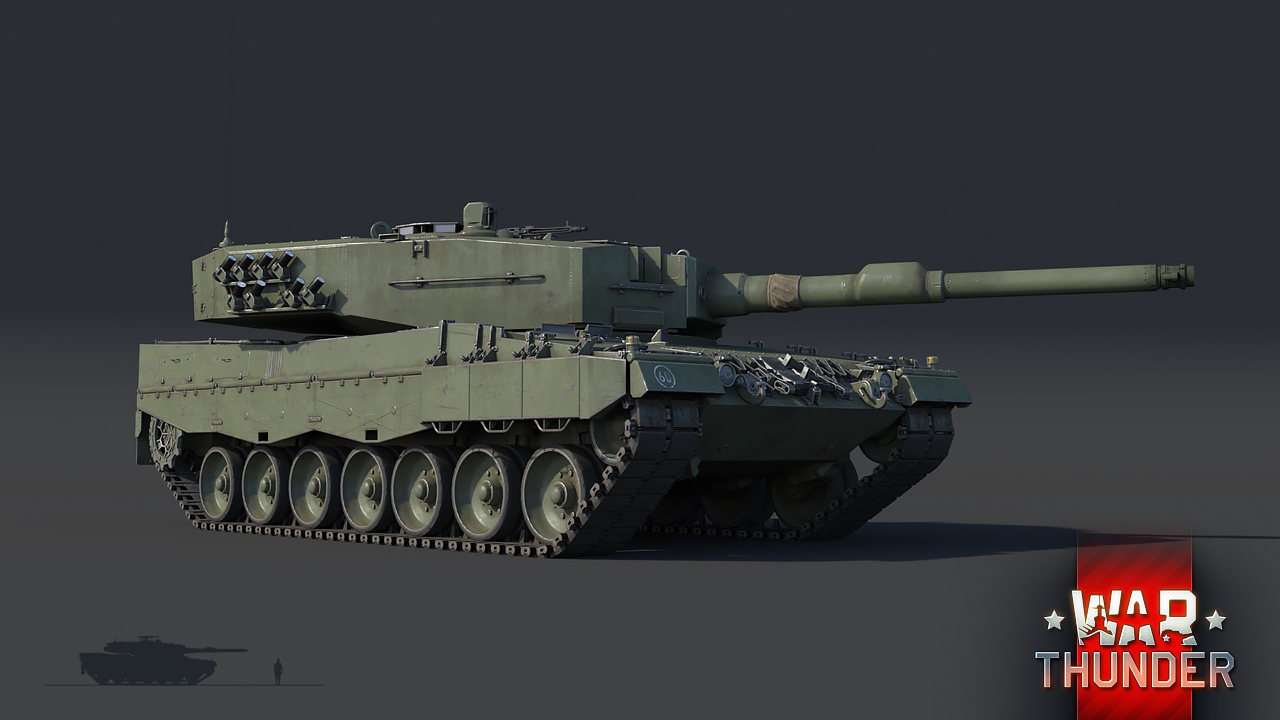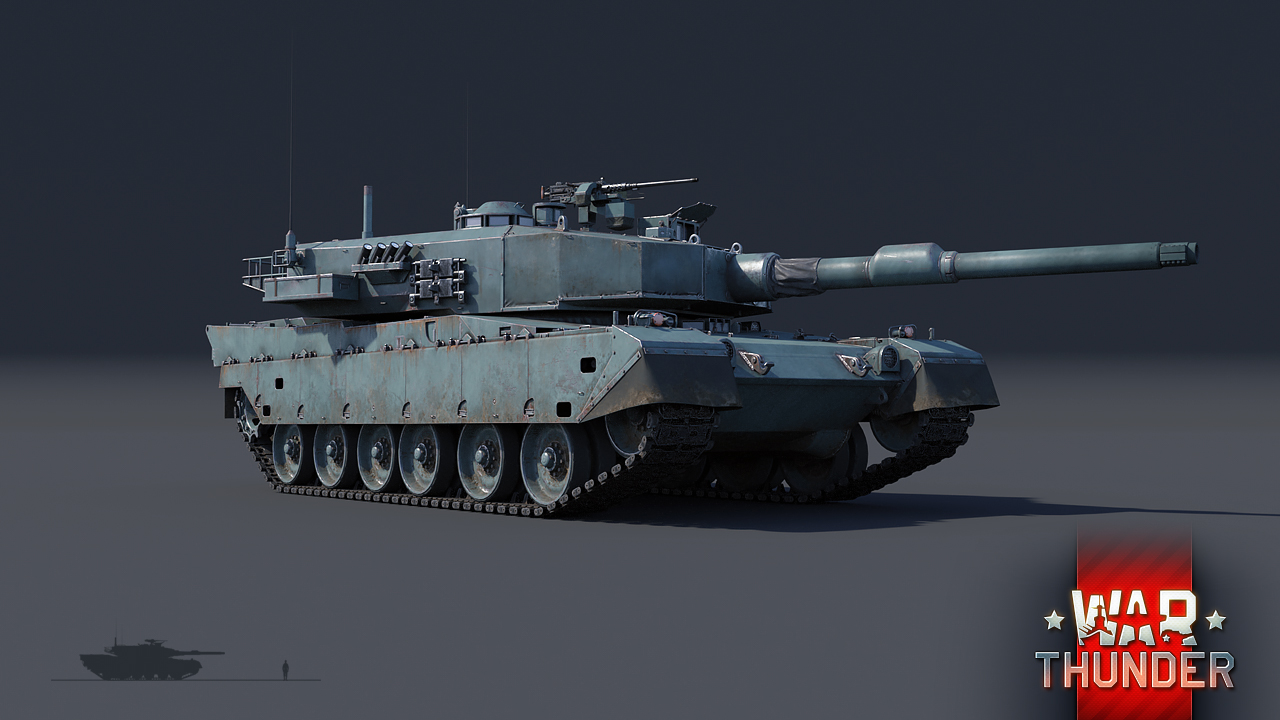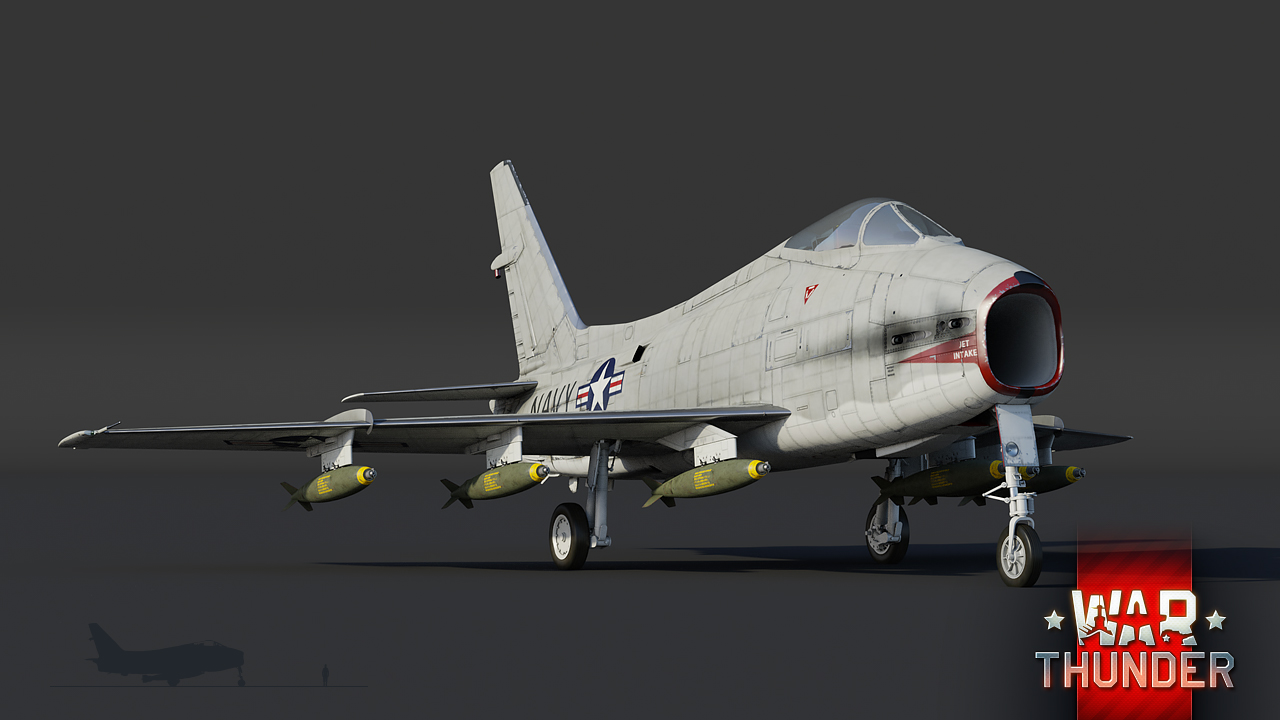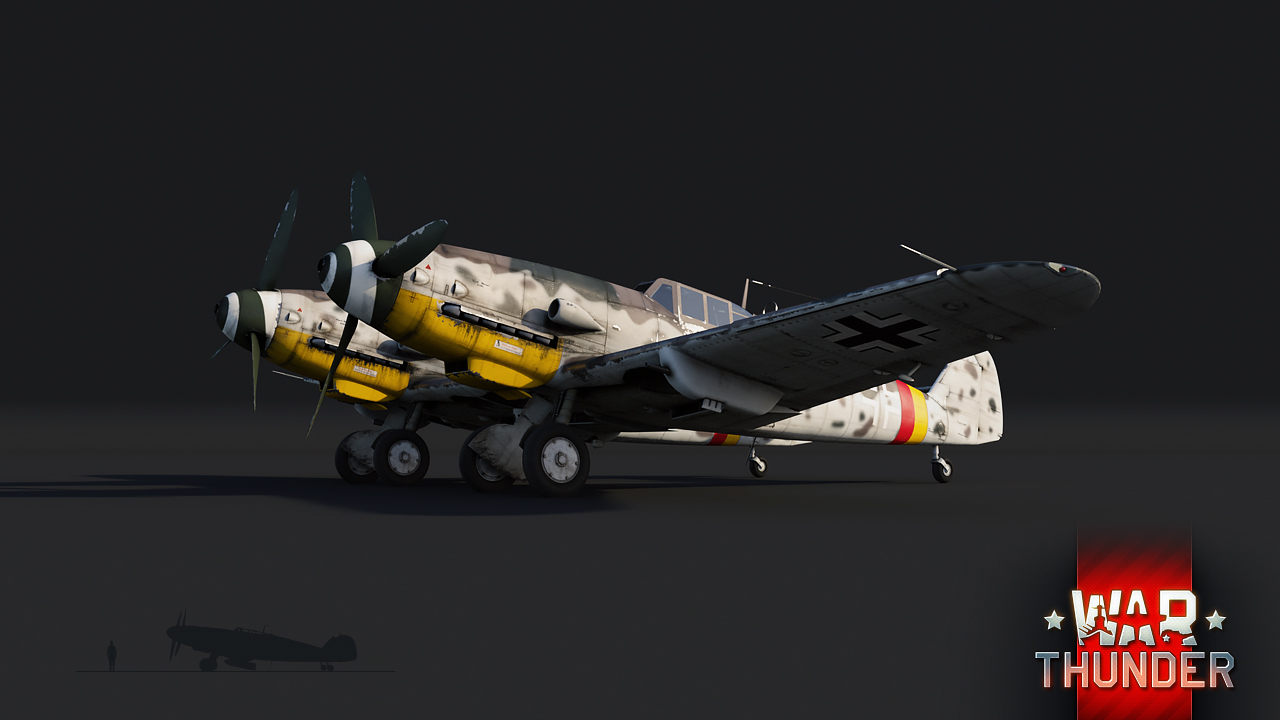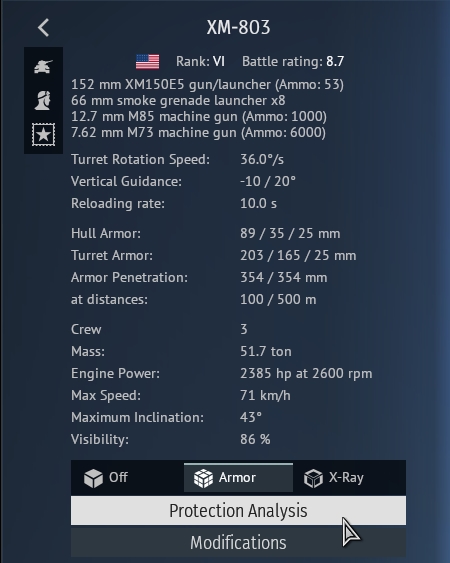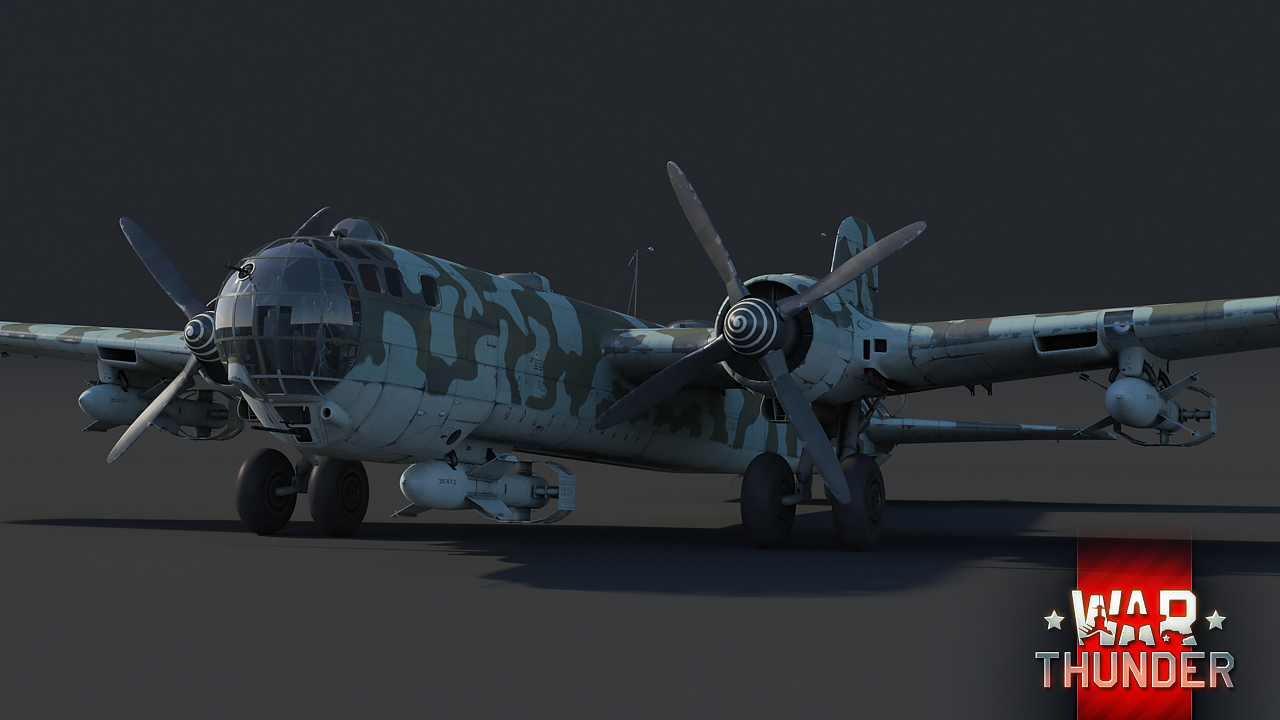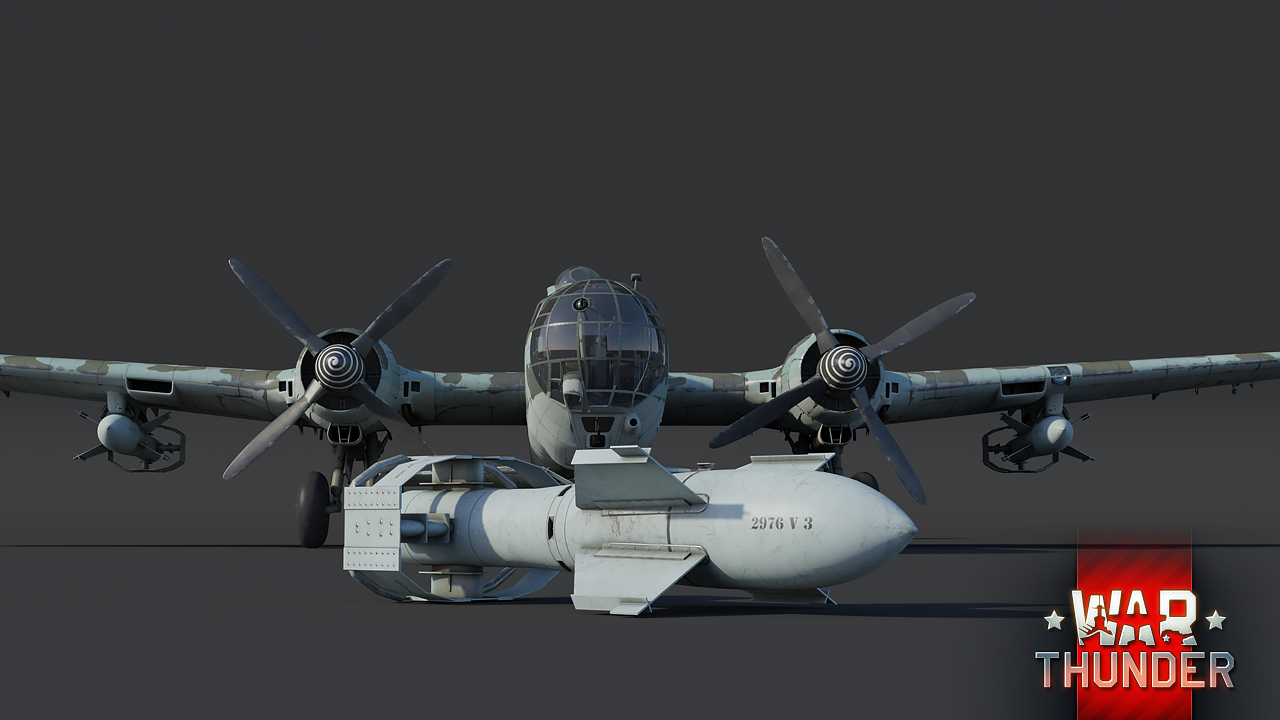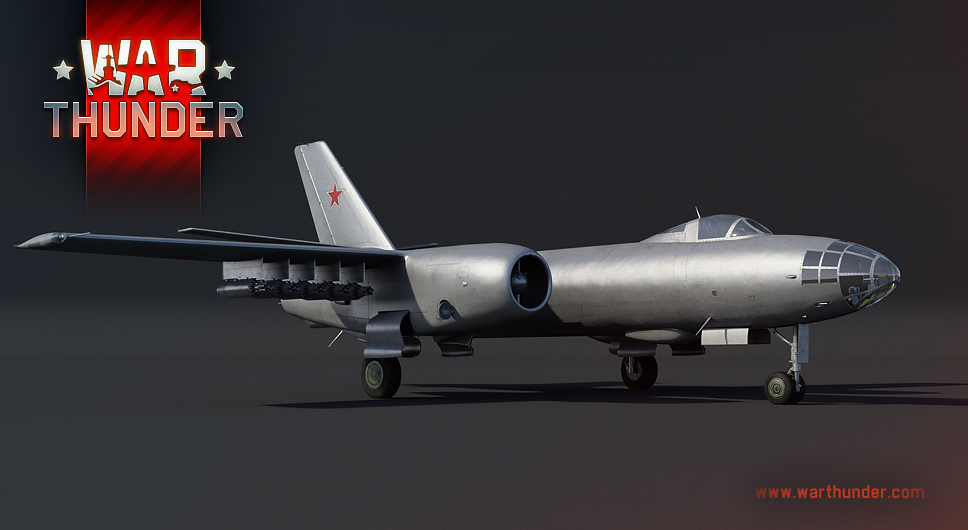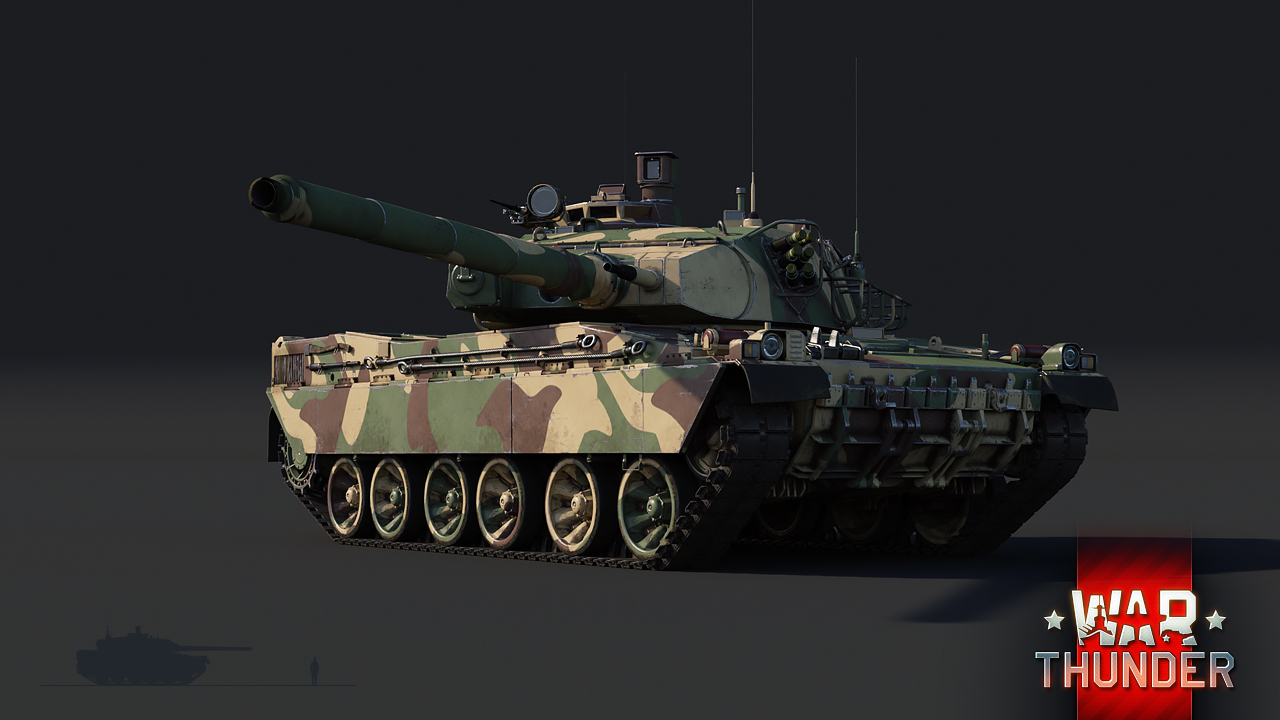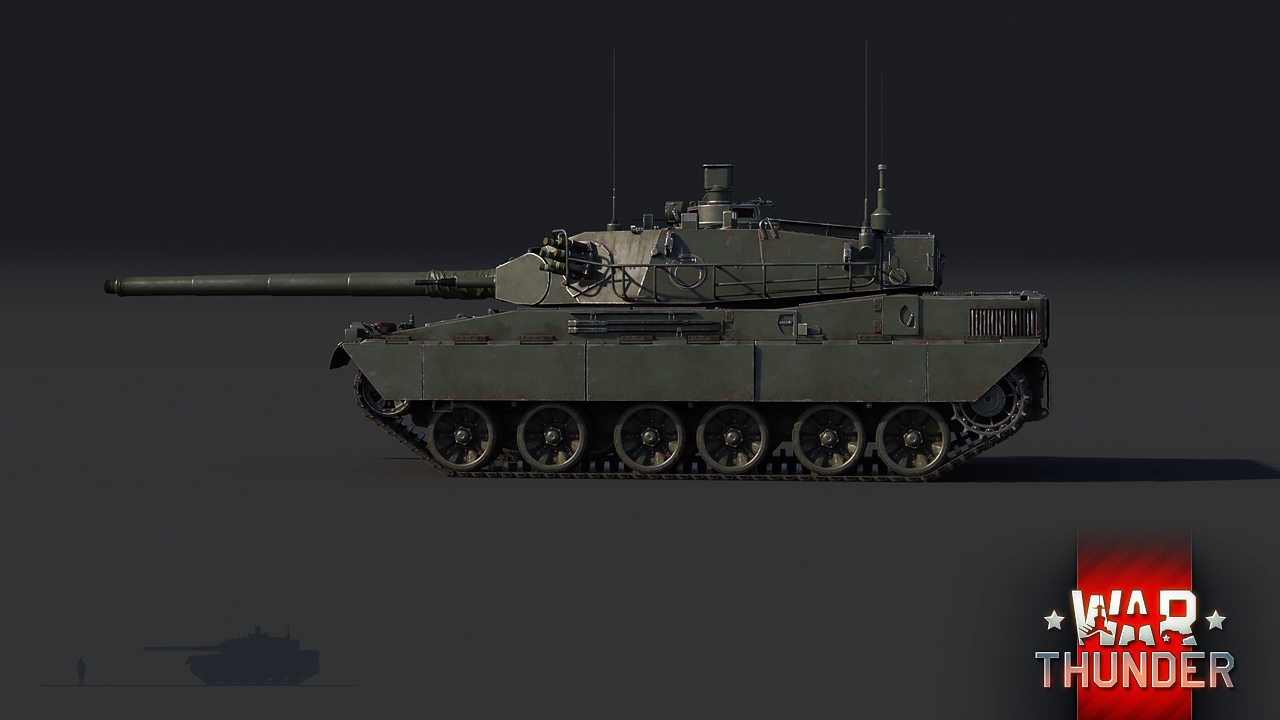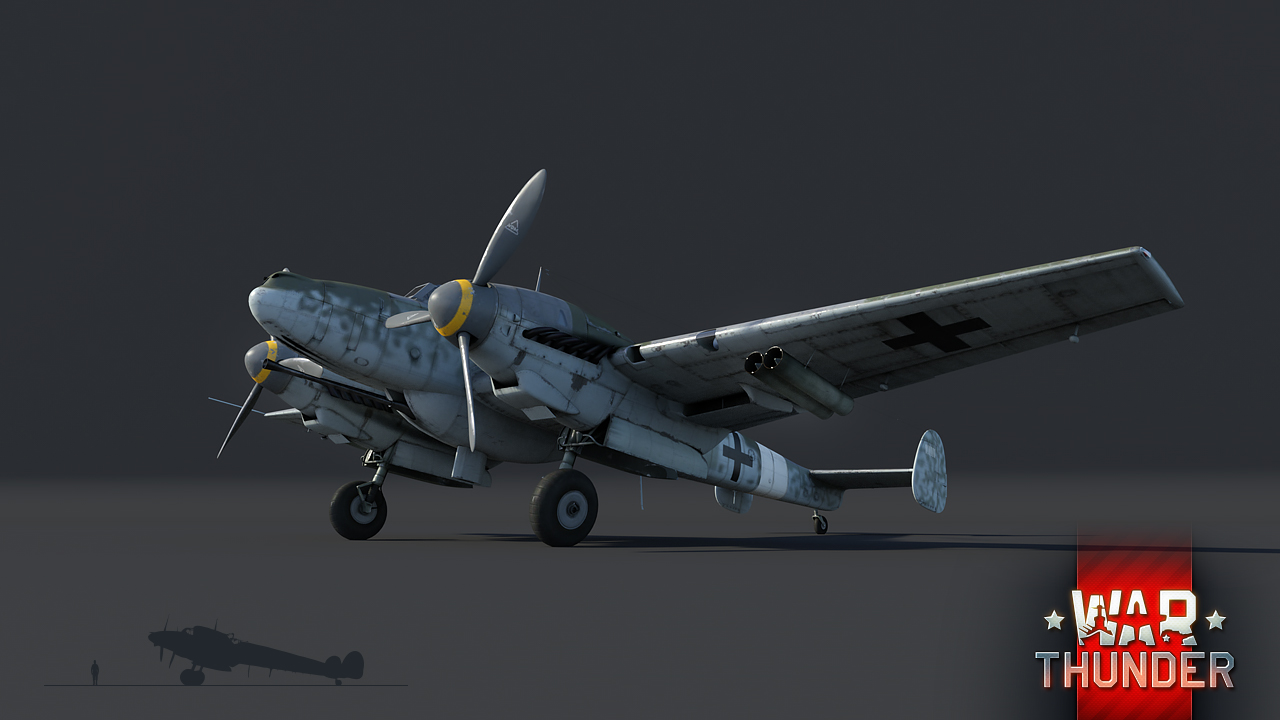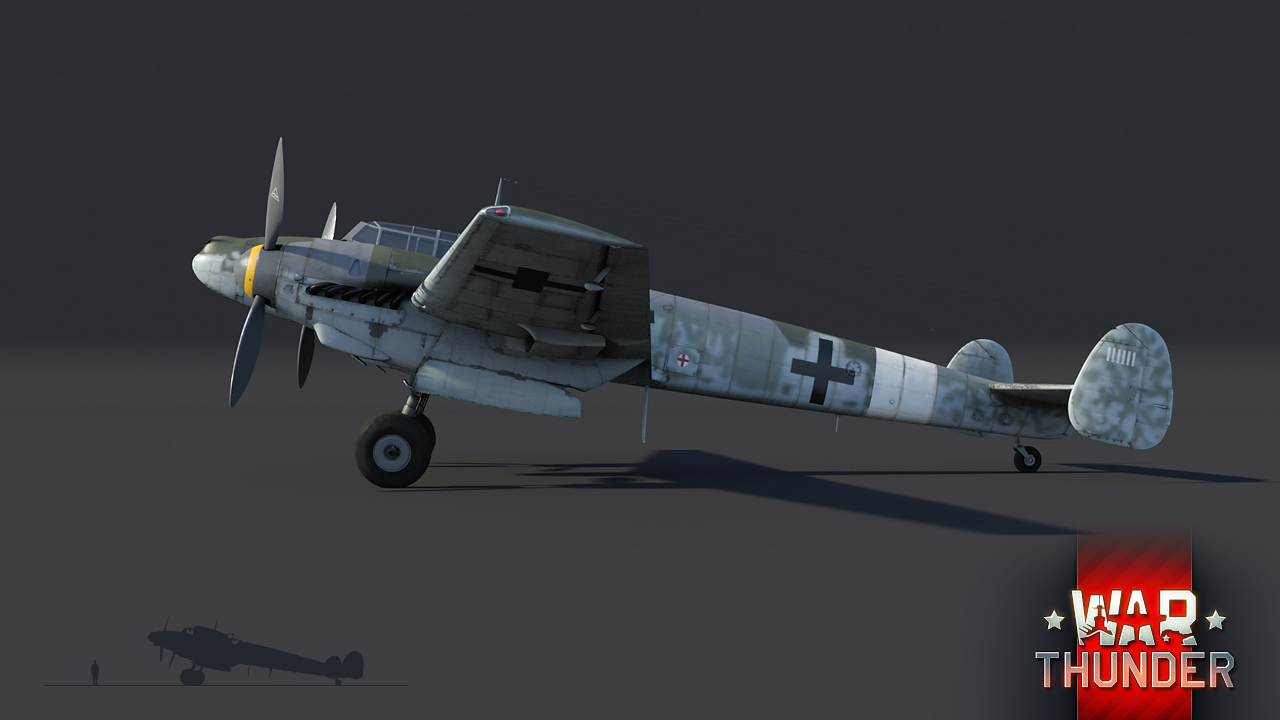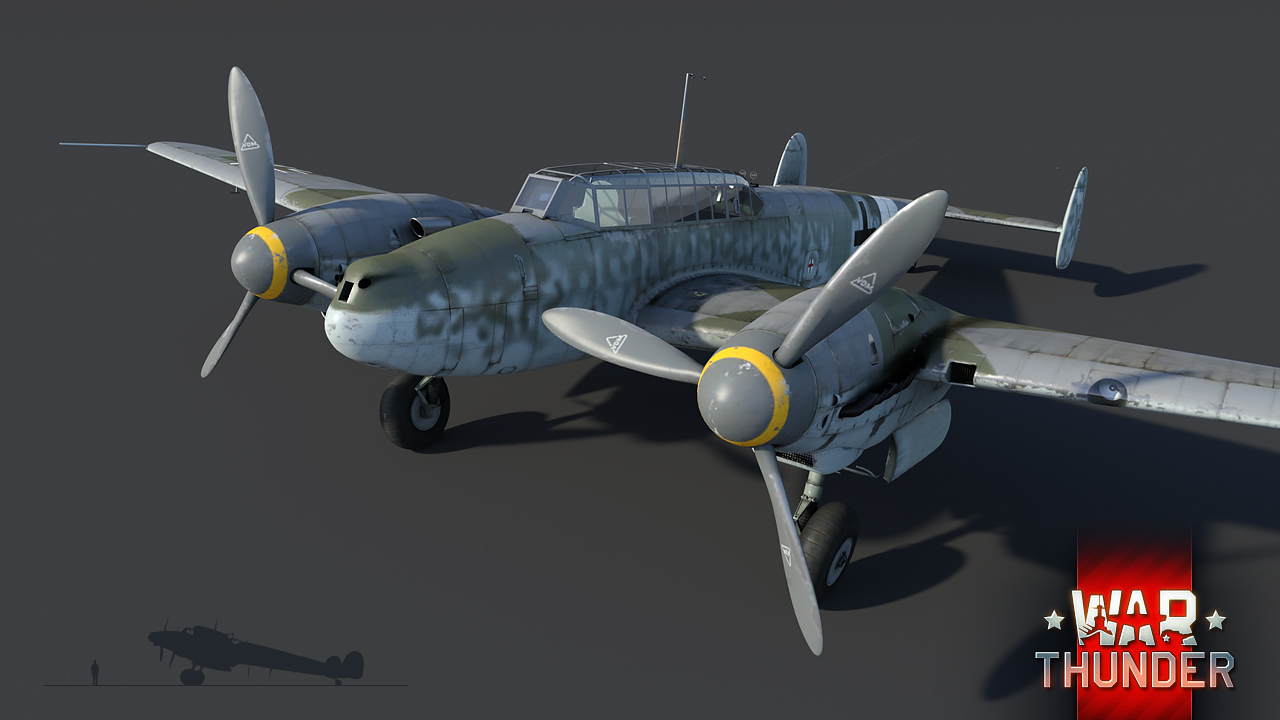
War Thunder - TheShaolinMonk
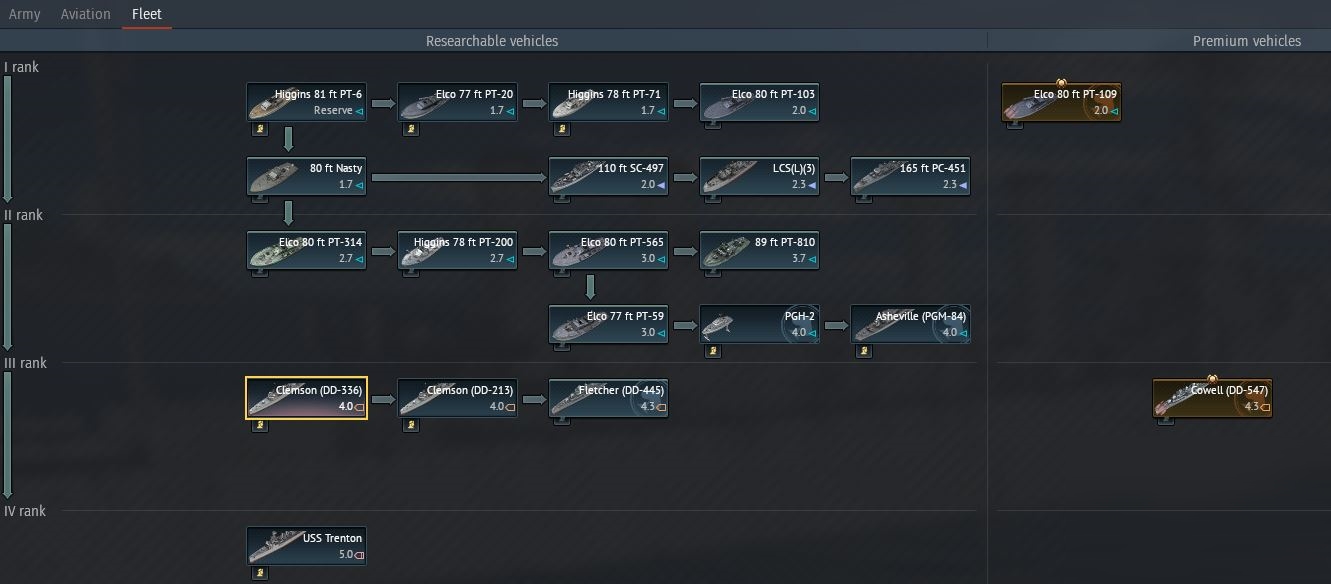
The Naval research tree in War Thunder differs from Air and Ground forces, despite visual similarities.
Aircraft and ground vehicles are divided into ranks by (as a rule) production years: the later production year - the better the combat efficiency is, the higher the vehicle’s rank is. A ship’s battle efficiency, however, depends not only on the production period, but on the ship’s class itself. Early testing showed that players prefer different classes of ships - some like destroyers, others prefer the nimble torpedo boat, or mastering all types of vessel. Every ship’s class has unique gameplay, naturally.
Entering the closed beta test, we took these baselines to create a different approach to researching War Thunder ships. Vertically, or rank-wise, you research different classes of ships - from boats to light cruisers. Horizontally, or class-wise, you master more powerful, modern and capable units of the given class. You are free to choose what gameplay you like more: skip boats, relatively fast progress to heavier classes, like destroyers, or cruisers; or focus on the light classes to unlock the most powerful light ships and boats in the game. Requirements and prices to unlock new ships consistently grow both vertically, and horizontally. Research time to unlock all ships of a nation will be similar to aircrafts or tanks.
Currently, we have 4 ranks of ships. We plan to add more ships of higher ranks during CBT and OBT. New heavy classes of ships are also possible.
Trophies and Rewards in Naval Battles
Unlike air and ground battles, destroying a naval unit requires more effort and time. Often, many players will attack a single target at the same time. If we apply the trophy formula from air or ground battles, the majority of the reward will go to the player, who finishes the enemy, and it may be far from fair in the amount of inflicted damage.
This feature of naval battles caused us to rework the existing trophy system. The more damage you do to your enemy, the better the reward will be. These are the basics:
Every naval unit has its own reward value in Silver Lions (SL) and Research Points (RP)
The reward value splits between players, taking enemy value down, by amount and intensity of damage that they have inflicted. A hit, an assist, and a kill counts separately.
The final (fatal) hit has a minor bonus aside from the unit’s reward value.
This is how reward is calculated (similar for both SL & RP)
Example 1
A ship’s reward value is 1000 Silver Lions (SL)
- Player 1 does damage for 20% against the crew. He gets 200 SL for the hit.
- Player 2 does damage for 40% against the crew, and gets 400 SL for the hits.
- Player 3 does 10% damage against the crew, and the enemy ship is considered destroyed, because it does not have enough crew to continue the battle. Player 3 gets 100 SL for the hit, and a 100 SL as a last hit bonus (that’s not included in the original reward value). Total is 200 SL.
- Player 1 gets 85 SL for the kill assist
- Player 2 gets 170 SL for the kill assist
- Player 3 gets 45 SL as a bonus for destroying of a ship
- Player 1 gets 285 SL for 20% of damage he did to the enemy ship
- Player 2 gets 570 SL for 40% of damage
- Player 3 gets 245 SL for 10% of damage and the last hit bonus
- The reward value of enemy ship is 2000 SL
- Player 1 does 20% damage to the crew and gets 400 SL for the hit
- Player 2 launches a torpedo and destroys the enemy. Ship is sunk, so the rest of the crew counts for Player 2. Player 2 gets reward for 80% of the crew - 1600 SL, and last hit bonus - 100 SL.
- Reward value remaining is 0, and Player 1 doesn’t get an assist reward.
- Player 1 gets 400 SL for 20% of damage to the enemy
- Player 2 gets 1700(1600+100) SL for 80% of damage and the last hit.
- Reward value and last hit bonus depends on enemy ship’s class.
What else has changed?
- Critical hits are turned off for naval battles
- AI-controlled air defence guns (AAA-guns) don’t earn hit rewards against aircraft. Assists and kills count though.
- In naval battles, aircraft kills count by the same rules as in air battles.
- If in a naval battle an aircraft attacks a ship, the aircraft receives the reward using naval battles rules.




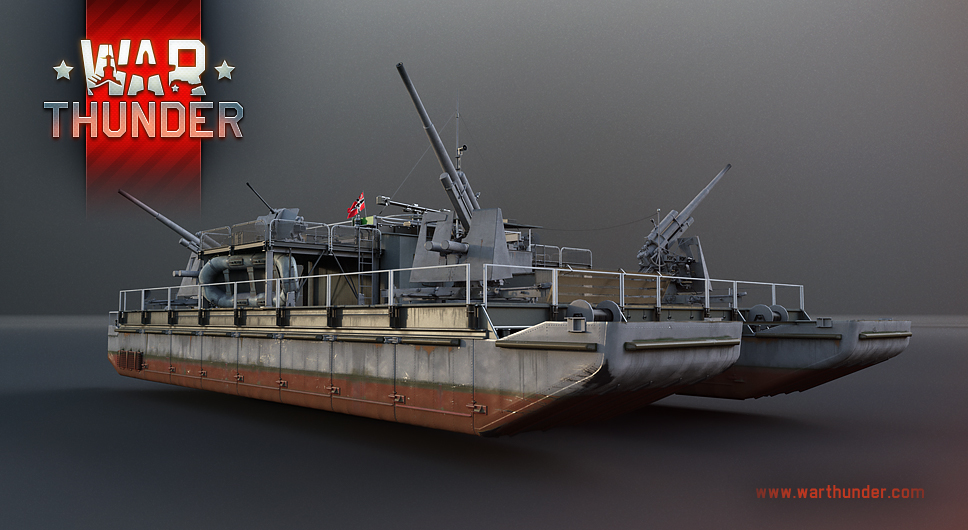
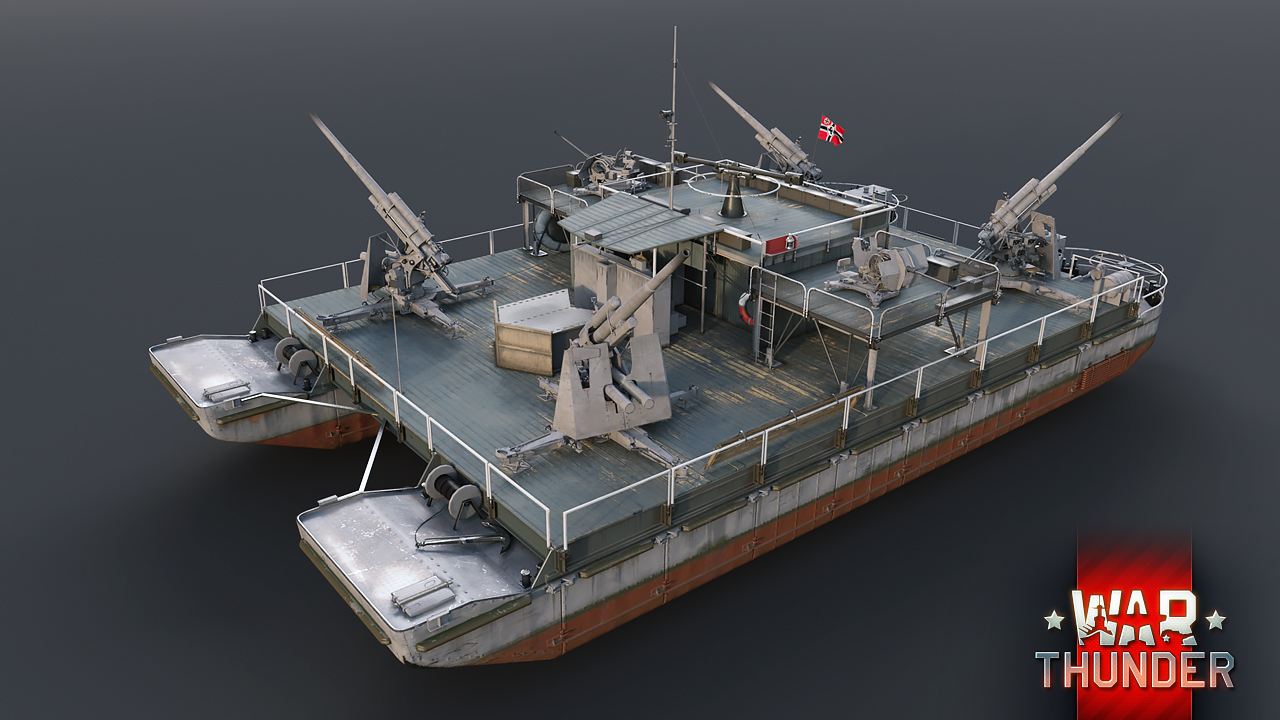
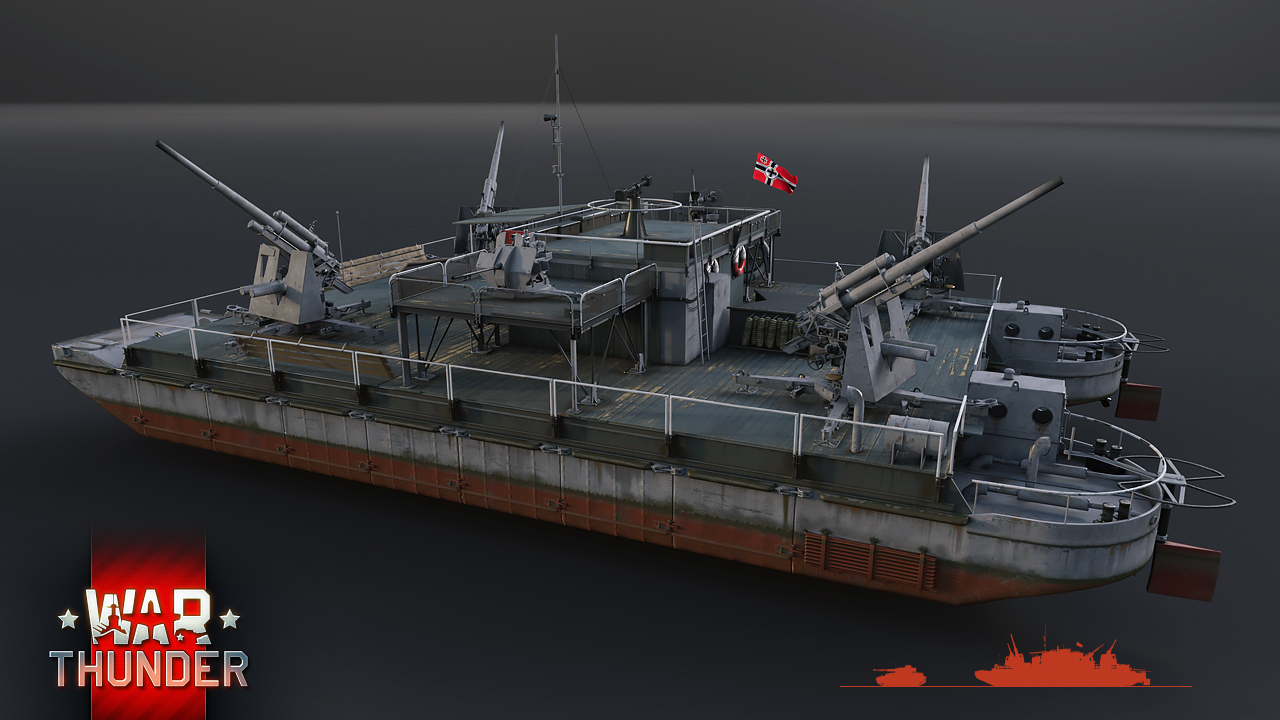
(3)/lcs_l_3_01_1280h720_4933aad3d8915069ccbbee89c0ee10dd.jpg)
(3)/lcs_l_3_07_1280h720_f49b72599b22eacaa49d89913e025f00.jpg)
(3)/lcs_l_3_06_1280h720_d6be9ad0fc276afa84a4ac8fee8f2163.jpg)
